How and Why Cats Purr - Prepare to be Fascinated

Cats are enigmatic creatures, their behavior often a source of fascination and intrigue. Among the many unique behaviors cats exhibit, purring is perhaps the most distinctive.
This rhythmic, vibrating sound is a hallmark of feline communication, but what does it signify? Is it an expression of happiness, a form of communication, or does it serve a more complex purpose?
In this comprehensive guide, we delve into the captivating science behind why cats purr and what this behavior signifies.
The Science Behind Purring

Purring is a behavior exhibited by all members of the Felidae family, which includes domestic cats, lynx, cougars, and ocelots.
This unique sound is produced by the rapid contraction and relaxation of the muscles within a cat’s larynx (voice box) and diaphragm.
These vibrations occur at a frequency between 25 and 150 Hertz, a range known to promote healing in mammals. This rhythmic pattern is maintained during both inhalation and exhalation, resulting in the continuous sound we recognize as purring.
Purring as a Sign of Contentment
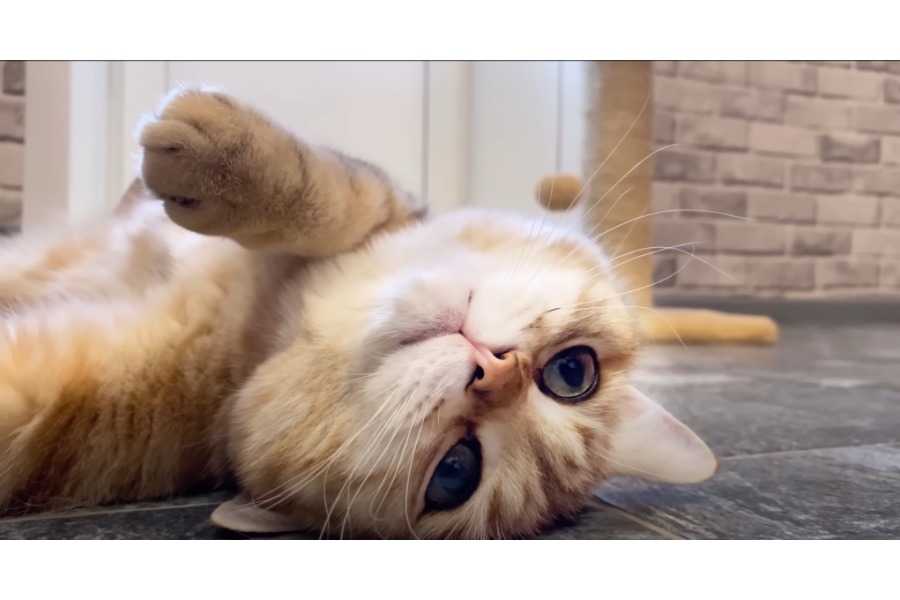
One of the most common interpretations of purring is that it’s a sign of a cat’s contentment.
This is often observed when cats are in a relaxed state, such as when they are being petted, lounging in their favorite spot, or curled up in a warm, cozy area. However, it’s crucial to understand that purring isn’t exclusively associated with positive experiences.
Purring as a Soothing Mechanism

Cats also purr during stressful or painful situations, such as during a visit to the vet, while giving birth, or even when they are severely ill or injured.
This has led researchers to theorize that purring serves as a self-soothing mechanism. The vibrations produced during purring may help to alleviate pain and discomfort, acting as a form of natural pain relief.
Purring and Bone Healing
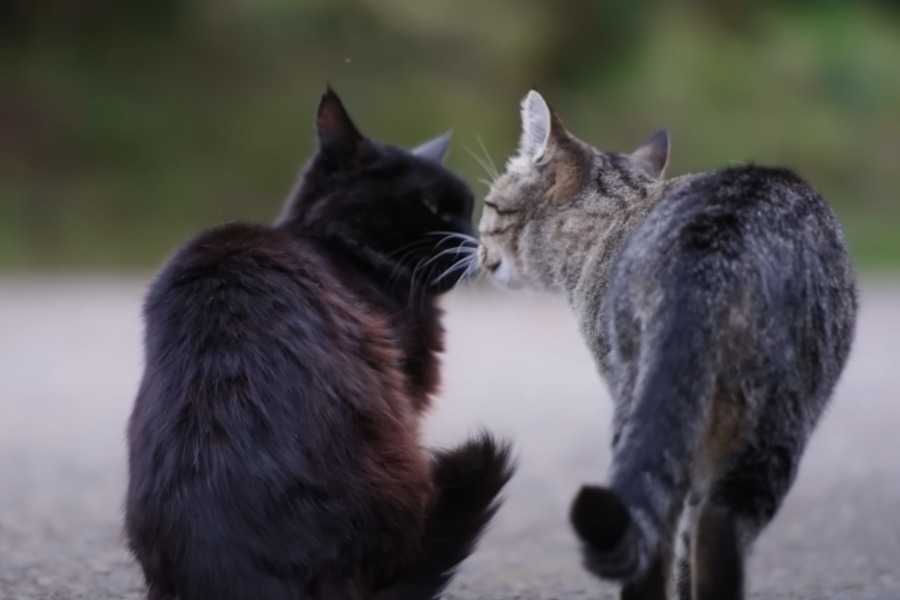
The frequency at which cats purr has been found to promote the production of growth factors, a type of protein that is crucial for healing. This frequency also encourages the production and repair of bone tissue, which could explain why cats recover from bone injuries more quickly than other animals.
This remarkable healing ability is particularly evident in cases of “high-rise syndrome,” where cats survive falls from significant heights with fewer injuries than expected.
Purring as a Substitute for Exercise
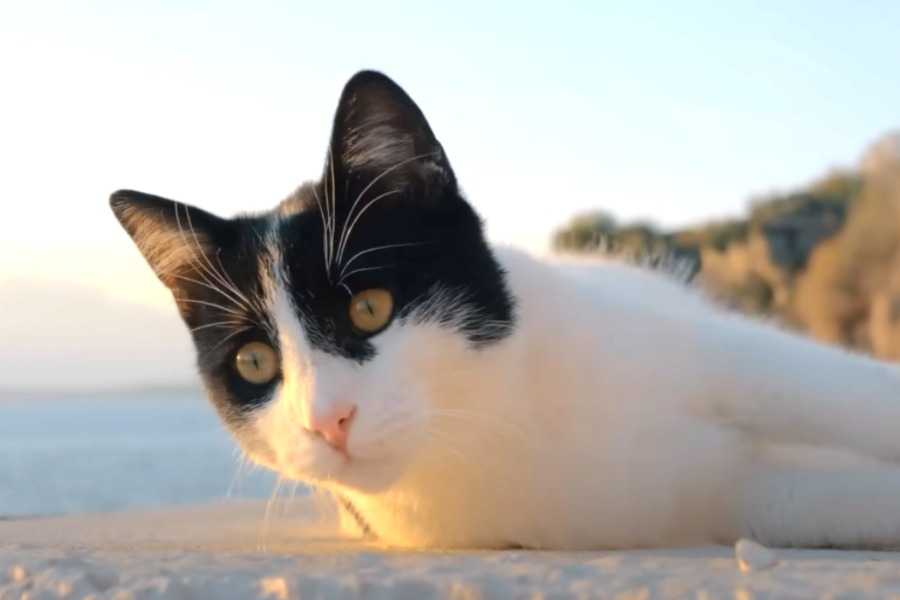
Cats are notorious for their love of sleep and relaxation, often spending up to 16 hours a day at rest.
Purring may serve as a low-energy form of exercise for cats, helping to maintain their bone density and muscle tone without the need for physical activity. The vibrations produced during purring stimulate the bones and muscles, keeping them healthy and strong.
Purring and Human Health
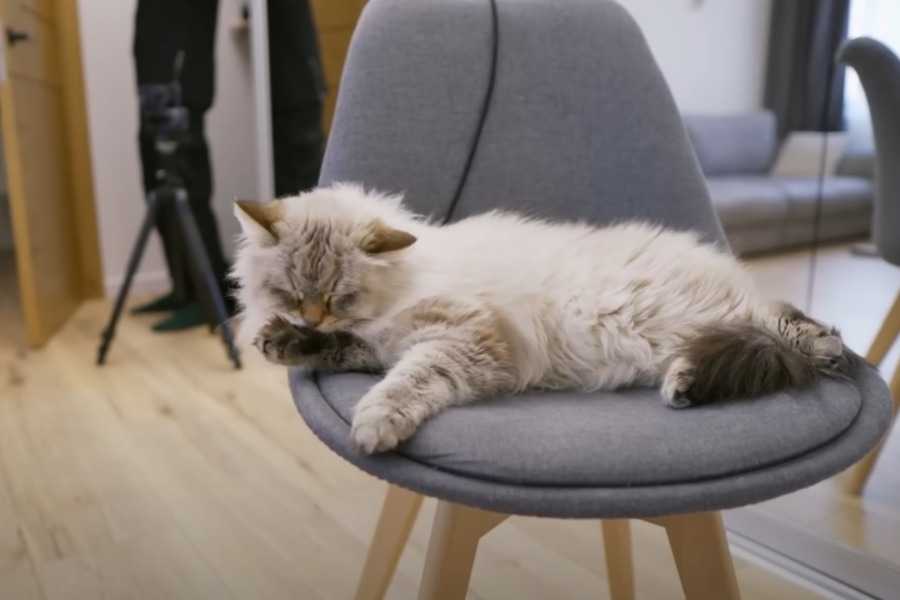
The therapeutic benefits of purring extend beyond cats. Research has shown that being around a purring cat can have a positive impact on human health. The vibrations from a cat’s purr can help reduce stress and anxiety, lower blood pressure, and even improve bone density.
So, the next time your cat curls up next to you and starts to purr, remember that it’s not just a sign of their contentment, but also a form of therapy that could be benefiting your health too.
Purring and Kneading
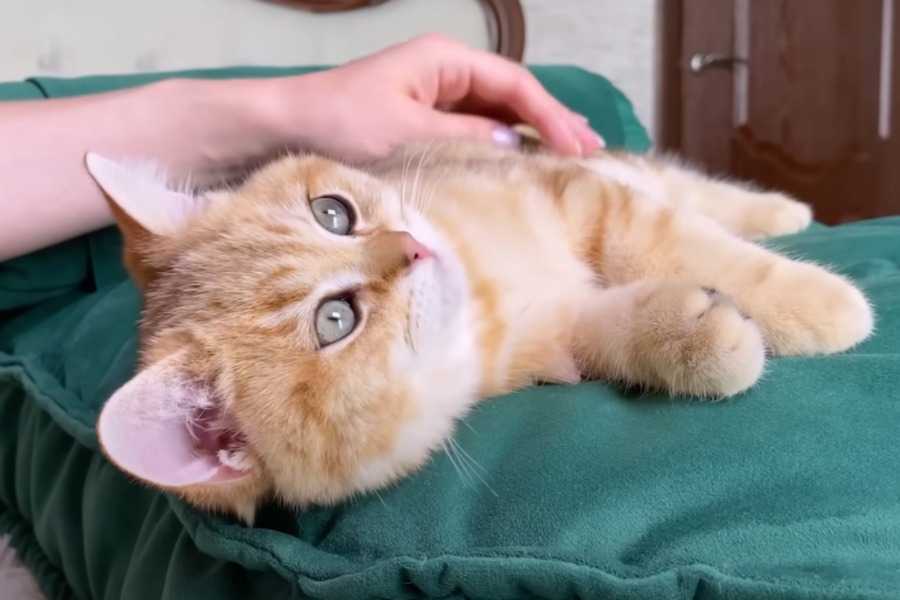
If you’ve noticed your cat kneading - a behavior where they rhythmically push their paws in and out against a soft surface - while purring, you’re witnessing a behavior that dates back to their earliest days.
Kittens knead their mother’s belly to stimulate milk production. As adults, cats continue this behavior, often while purring, as a form of self-soothing that brings back the comforting memory of nursing and their mother’s care.
Conclusion

Cats are complex creatures, and their behaviors often hold deeper meanings than we initially perceive. Purring is a prime example of this, serving multiple purposes from expressing contentment to self-soothing and even promoting healing.
While we may not fully understand all the reasons why cats purr, one thing is clear: it’s a unique and multifaceted behavior that contributes to the charm and allure of our feline friends.
Whether your cat is purring from happiness, comfort, or even stress, it’s a sign of their trust in you and their comfort in your presence. So, the next time you hear that familiar rumble, take a moment to appreciate the complexity of your cat’s behavior and the bond you share.
For more insights into your pet’s behavior, make sure to check out our other articles, such as why my cat has watery eyes and do I need to visit a vet or what shots are needed for cats: everything you need to know about cat vaccines.
Tags
Share
Table Of Contents
Related Posts
Quick Links

